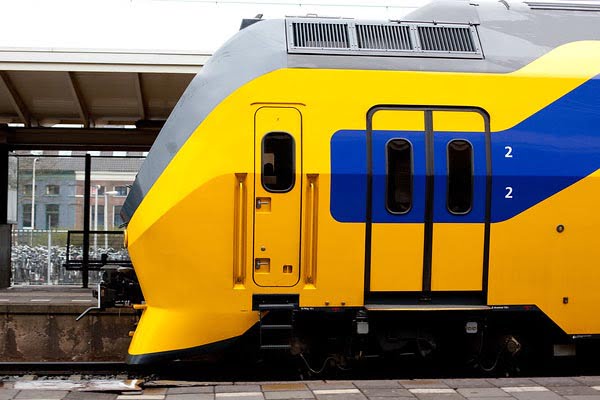In several places in the country, the track is subsiding due to the drought. According to ProRail, the subsidence in the track is the result of drought and periods with a lot of rain. The rail manager says that the subsidence presents no danger, but ProRail has already had to reduce the speed on the route near Culemborg. Sensors have now been installed near the track.
In practice, ProRail has so far referred to subsidence of a few centimeters at most over a period of several days. Until now, the situation on and around the track has been monitored by systematic physical checks and driver reports. In the test that ProRail is currently conducting, sensors measure whether there are deviations every ten minutes. The resulting data is used to intervene in a timely manner.
As soon as the track shows signs of subsidence, ProRail can run a so-called stop machine on the track at night. In one ride, they can ensure that the slumped gravel ends up under the track and that sleepers and tracks are straight.
By intervening in good time, ProRail can prevent trains from having to reduce their speed on subsided track surfaces. We normally drive 130 kilometers per hour at Culemborg, now 100. "It is about seconds, this has no consequences for the timetable," says ProRail.
As a result of the trial around Culemborg, it will be examined whether the sensors can be used nationwide in the long term. By collecting a lot of data, one hopes to be able to predict subsidence.
The subsidence is noticed in several places in the country. Especially for railway routes along rivers. There, ProRail concludes that the ground structure is of 'varying quality'. ProRail is working on a definitive solution for Culemborg together with rail contractor Strukton Rail. After major repairs - sometime in 2021 or 2022 - the subsidence should be done.
Also read:
Travelers association Rover is happy with the idea for a new public transport system



